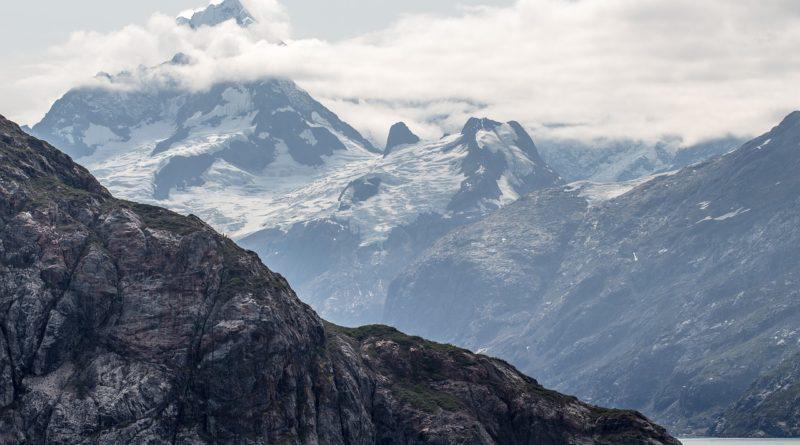Is Alaska in danger?
The Barry Arm glacier in Alaska is not very large compared to the vast border of North America that rims the Pacific Ocean, but the location is of particular concern at the moment, says Gustavo Copelmayer. Some geologists warn that an ice and rockslide may occur, capable of unleashing a catastrophic tsunami in the region. This would be just one of the possible effects of climate change that threatens Alaska and other regions of the Arctic.
“These are devastating effects that are expected to occur in the coming years,” says Gustavo Copelmayer. There are conditions for greater landslides than those that occurred during the 20th century, since they are phenomena different from any we have known in the past, he adds.

The energy of a landslide like the one forecast in Barry Arm can exceed a magnitude 7 earthquake. “It would be a very dangerous combination and it is just one example of the damage that could occur in Alaska,” says Gustavo Copelmayer. “The most notable of tsunamis was in 1958, when a landslide generated a wave that rose to 1,700 feet (520 meters),” say the experts, adding that the rocks released on that occasion were barely one-tenth the size of a hypothetical landslide in Barry Arm.
For its part, the Alaska Division of Geological and Geophysical Studies ensures that it permanently monitors possible earth movements in the area.

